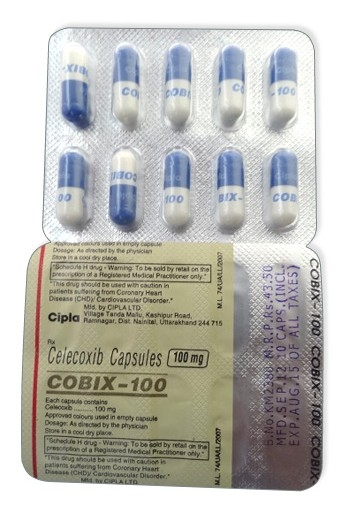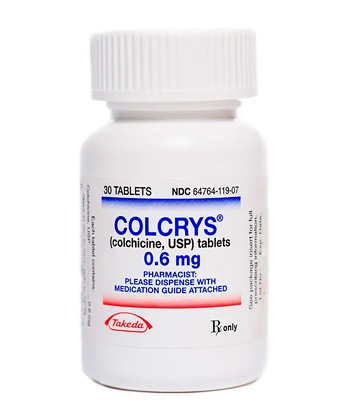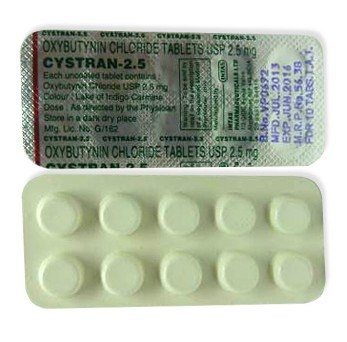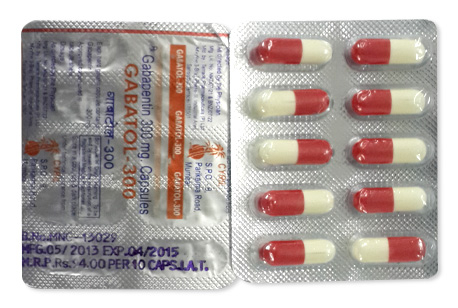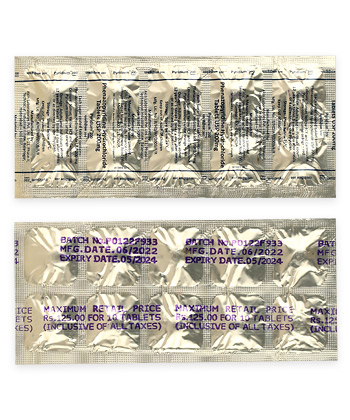Ibuprofen
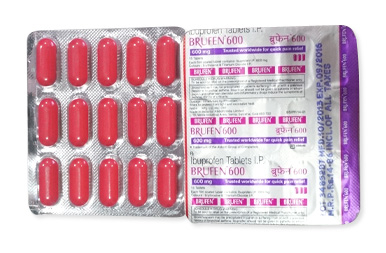
Ibuprofen
- In our pharmacy, you can buy Ibuprofen without a prescription for doses ≤400mg globally. Prescription required for higher doses or injectable forms. Delivery available in discreet packaging.
- Ibuprofen relieves pain, reduces fever, and decreases inflammation. It works by blocking COX enzymes that produce prostaglandins involved in pain and inflammation.
- The usual adult dose is 200–400mg every 4–6 hours, maximum 1200–2400mg/day. Children: 5-10mg/kg every 6-8 hours.
- Available as tablets, capsules, oral suspension, chewable tablets, topical gel, or injectable solution.
- Onset occurs within 25-30 minutes after oral administration.
- Duration of action is 4–6 hours per dose.
- Alcohol consumption increases GI bleeding risk—avoid completely.
- Most common side effects include heartburn, nausea, indigestion, and abdominal discomfort.
- Would you like to try fast-acting Ibuprofen without a prescription today?
Basic Ibuprofen Information
- INN: Ibuprofen
- Brands (UK): Nurofen, Brufen, Anadin
- ATC Code: M01AE01
- Forms & Strengths:
Form Strengths Common Packaging Tablets 200mg, 400mg Blister packs (16-24 tablets) Liquids 100mg/5ml Bottles (100-200ml) Gels 5% Tubes (30-100g) Capsules 200mg, 400mg Blister packs (12-16 capsules) - UK Manufacturers: Reckitt Benckiser (Nurofen), Abbott (Brufen), Accord
- Status: MHRA-approved since 1983
- Classification: OTC ≤400mg/dose; Rx >400mg/dose
Ibuprofen falls into the NSAID category, commonly marketed as Nurofen or Brufen across UK pharmacies. Available forms include tablets, capsules, oral suspensions, and topical gels. The Medicines and Healthcare products Regulatory Agency categorises lower-strength formulations (200-400mg) as pharmacy medicines available without prescription, while higher doses require GP supervision. Major manufacturers operate under strict MHRA quality standards. Product variations offer different administration options: traditional tablets for systemic relief, fast-acting liquid capsules for quicker absorption, and topical gels for localised joint pain.
Pharmacology: How Ibuprofen Works in Your Body
| Interacting Substance | Effect | Precaution |
|---|---|---|
| Aspirin | Reduced cardioprotection | Avoid concurrent use |
| Alcohol | Increased GI bleeding risk | Limit to 1-2 units |
| ACE inhibitors | Reduced antihypertensive effect | Monitor blood pressure |
Ibuprofen functions by inhibiting cyclooxygenase (COX) enzymes, effectively turning down your body’s "pain volume" by blocking prostaglandin production. This biochemical cascade normally amplifies pain signals and triggers inflammation responses. Liver enzymes (primarily CYP2C9) metabolise approximately 90% of each dose, with a plasma half-life of 2-4 hours. The remaining 10% undergoes direct renal excretion. This dual elimination pathway explains why both liver impairment and kidney disease necessitate dose adjustments. Plasma protein binding exceeds 99%, creating potential displacement interactions with anticoagulants. Understanding this pharmacokinetic profile helps predict why certain substance combinations become hazardous.
Approved Medical Uses and Off-Label Applications
Beyond its licensed indications for reducing mild-to-moderate pain, fever, and inflammatory conditions like osteoarthritis, UK practitioners frequently recommend ibuprofen for off-label applications. These include dysmenorrhoea (period pain relief) and postoperative inflammation management. Special considerations apply across populations: pregnancy requires avoidance during the third trimester due to foetal cardiovascular risks, while paediatric dosing follows exact weight-based calculations (typically 5-10mg/kg every 6-8 hours). Elderly patients need renal function assessments before initiation due to age-related creatinine clearance reductions.
Standard Dosage Guidelines for Patients
| Condition | Age Group | Single Dose | Daily Maximum |
|---|---|---|---|
| Headache/Migraine | Adult | 200-400mg | 1200mg |
| Dental Pain | Adult (under supervision) | 400mg | 2400mg |
| Fever Reduction | Child (20kg) | 200mg | 600mg |
| Muscle Strain | Adult | 400mg | 1200mg |
Administration techniques significantly influence both safety and efficacy. Always combine ibuprofen intake with food or milk to establish gastric protection and swallow tablets whole with sufficient fluids (minimum 200ml water). Should you forget a scheduled dose, take it immediately unless nearing the next scheduled administration – never consume double quantities to compensate. Therapeutic timelines vary: acute pain management typically spans 3-5 days OTC usage without exceeding recommend limits. Continued symptom persistence beyond this timeframe warrants professional consultation.
Ibuprofen for Kidney Disease and Other Health Conditions: Specialist Dosing Rules
Certain health conditions require careful dose adjustments for ibuprofen. In kidney disease, NSAID use often demands a 50% reduction in initial dosing due to reduced drug elimination. Kidney function measured by creatinine clearance guides these decisions. For liver impairment, lower doses help minimise hepatotoxicity risks. Chronic users need regular liver and kidney function monitoring even without pre-existing conditions.
Specific groups require special attention:
- Elderly patients often have reduced organ function - smaller doses recommended
- People with cardiovascular issues may experience blood pressure complications
- Asthmatics face NSAID-exacerbated respiratory risk
Comorbidity management involves frequent medication reviews to compensate for age-related kidney changes. Precise dose adjustment protects against toxicity while maintaining effectiveness.
Absolute and Relative Ibuprofen Contraindications: When to Avoid Use
Several conditions make ibuprofen unsafe regardless of dosing. Absolute contraindications include active or recurrent peptic ulcers due to gastric bleeding risks. NSAID allergy or aspirin-sensitive asthma triggers dangerous hypersensitivity reactions.
Pharmacists follow a pre-treatment checklist before recommending ibuprofen. Key assessments include:
- Screen for history of GI bleeding or NSAID-induced urticaria
- Check potential drug sensitisation patterns with other painkillers
- Review renal health markers and cardiovascular status
High-risk scenarios needing medical supervision involve hypertension control, anticoagulant co-administration, or third-trimester pregnancy. Gastroprotection measures may permit cautious use in borderline cases. Anaphylaxis signs require immediate emergency response.
Ibuprofen Side Effects: Frequency and Mitigation Tactics
Ibuprofen adverse reactions range from common irritations to rare emergencies. Gastrointestinal upset occurs in over 10% of users - abdominal pain and heartburn appear rapidly. Meanwhile, delayed reactions like gastric ulcers develop after prolonged use.
Rare severe complications demand vigilance:
- Tinnitus indicates overdose when combined with blurred vision
- Stevens-Johnson syndrome shows flu-like prodrome with skin blistering
- Renal toxicity manifests through reduced urine output
Proton pump inhibitor co-prescribing assists stomach protection for chronic users. Taking formulations after meals minimises dyspepsia. Immediate discontinuation applies for allergic symptoms or persistent headaches.
Patient Experiences with Ibuprofen: Adherence Challenges in the UK
User feedback reveals patterns influencing medication adherence. UK forums highlight effectiveness against menstrual cramps but frequent complaints about stomach irritation. Many report storing tablets improperly in humid bathrooms or kitchens.
Concerning self-medication findings in UK communities involve OTC misuse patterns:
- Combining multiple NSAIDs dangerously amplifies risks
- Exceeding daily limits during chronic pain episodes
- Shared painkillers within households despite contraindications
Treatment satisfaction drops with side effects, creating adherence barriers. Practical solutions include dosing alarms on phones and systematic storage advice. Pharmacist consultations optimise real-world effectiveness while reducing self-medication hazards.
Therapeutic Alternatives for Pain Relief
When seeking effective pain management, understanding how common medications compare helps make informed choices. As a foundational painkiller in UK healthcare, ibuprofen works alongside several alternatives with distinct properties.
| Medication | Onset | Duration | UK Cost Per Dose* |
|---|---|---|---|
| Paracetamol | Approximately 30 minutes | 4-6 hours | £0.02 |
| Ibuprofen | Within 1 hour | 4-6 hours | £0.08-£0.15 |
| Naproxen | Around 1 hour | 8-12 hours | £0.15 (prescription) |
Clinical preferences vary among healthcare providers - paracetamol frequently becomes first-line for general pain and fever due to its gentler side effect profile. For inflammatory conditions like arthritis or tendonitis, ibuprofen or naproxen often prove more effective. Combination approaches occasionally get prescribed under careful supervision, like pairing paracetamol with weaker NSAIDs for synergistic effect. Economic factors influence decisions, with paracetamol offering significant cost advantages for chronic conditions needing daily management.
UK Pain Relief Market Dynamics
Gaining ibuprofen in Britain varies considerably depending on where you shop. While major supermarket chains and pharmacies often offer economy packs of generic ibuprofen at competitive rates, smaller independent pharmacies tend to market branded versions like Nurofen at premium prices. Significant price differences exist between:
- Budget retailers: Selling basic 200mg packs at approximately £0.50 for 16 tablets
- Pharmacy chains: Offering both basic and branded versions typically between £2-£5
- Prescription strengths: Higher 600-800mg formulations cost substantially more when privately purchased
Market turbulence emerged during the COVID-19 pandemic when panic-buying temporarily depleted stock levels, causing NHS Supply Chain interventions. While normalised now, this event reinforced the importance of regulatory safeguards like the UK's OTC pack size limits (max 32 tablets for basic packs) to prevent mass stockpiling. Current pharmacy stock levels remain stable across the UK, though seasonal demand peaks during winter influence pricing strategies.
Recent Scientific Developments
Ongoing research continues refining our NSAID safety knowledge. The pivotal 2023 Cochrane analysis consolidated cardiovascular risk data, reaffirming short-term OTC ibuprofen safety while underscoring professional monitoring requirements for extended daily use in vulnerable groups. Novel delivery systems represent promising innovation frontiers:
Topical advancements include gel formulations with enhanced skin penetration for localised joint pain, potentially reducing systemic absorption and gastrointestinal complications. Studies currently assess innovative nano-carrier transdermal delivery in chronic arthritis management.
Patent landscapes shifted significantly with originator brand protections expiring years ago, resulting in robust generic competition that improves medication affordability. Market analysis indicates sustained growth in supermarket own-brand generic formulations covering over 40% of the UK's ibuprofen supply.
Guidelines for Proper NSAID Usage
Responsible self-medication requires adherence to critical administration protocols that affect both safety and effectiveness. Failure to correctly administer remains a common cause of adverse effects. Essential guidelines include:
Administration essentials:
- Consume tablets alongside food or milk to protect the stomach lining
- Drink minimum 250ml water when taking to aid absorption
- Strictly follow timed dosing to maintain therapeutic levels
Substance avoidance: Simultaneous alcohol consumption heightens stomach ulcer risks, while combining multiple NSAIDs escalates kidney strain. High-sodium foods also exacerbate potential blood pressure increases linked to long-term NSAID therapy.
Storage requirements: Prevent degradation by avoiding humidity - never store tablets in bathrooms. Keep original packaging away from light at room temperature (15-25°C). Patient leaflets provide vital safety information, particularly warnings about stopping medication for worsening stomach discomfort or allergic skin reactions.



